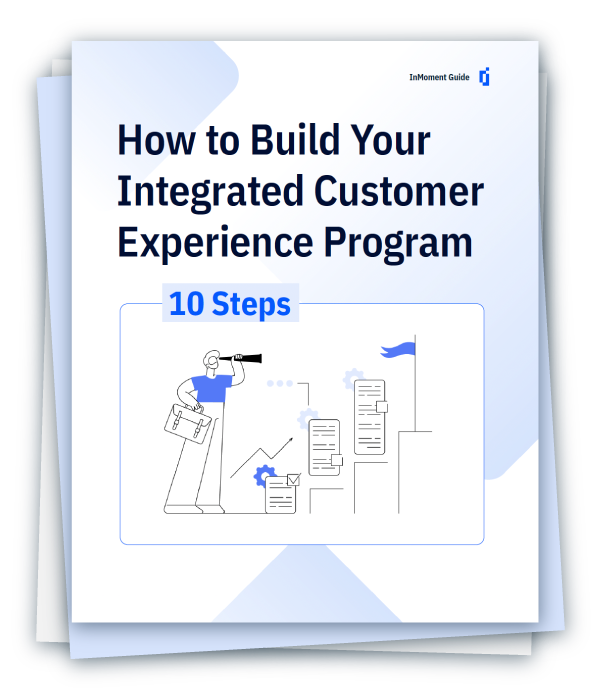
The news media has been rife this last year or so with stories of The Great Resignation—an unprecedented tidal wave of job market churn that has seen millions upon millions of employees quit their jobs. As with most topics related to employment and the economy, the finger-pointing over who and/or what’s behind this phenomenon has been incessant… and loud. No matter which lens the issue is viewed through, though, one fact is apparent to all: the phrase “I quit” has become one of the employee world’s loudest slogans.
Despite what all the debate over The Great Resignation might imply, though, there is in fact a hierarchy of causes and events that we can definitively track to what we’re seeing in the job market right now. What follows is a quick illustration (and examination) of the sequence of events that precipitated The Great Resignation, as well as what brands like yours might be able to do about it if you find that many of your employees are headed for the exit.
The Great Resignation’s Deep Roots
The first misconception about The Great Resignation that I’d like to dispel is the notion that the COVID-19 pandemic is directly responsible for its inception. This assumption is built almost exclusively on the close timing the two phenomena share, which, frankly, is correlative reasoning at best. Additionally, when the pundits pushing this idea actually care to delve deeper, they insist that the challenges and perspectives brought about by the pandemic caused many employees to reconsider their positions, hence the current job market churn.
The truth, however, is much more nuanced than that. As countless employee experience (EX) experts have been documenting for years now, many employees were feeling dissatisfied with their jobs or disconnected from their wider organization long before COVID-19 was even a term. Burnout, disengagement, and a lack of employee support have, unfortunately, been hallmarks at many organizations for many, many years. The pandemic, therefore, did not mark the beginning of the sentiments that culminated in The Great Resignation; it merely catalyzed employee sentiments that had already existed for a long time.
Culture, Infrastructure, and Operational Challenges
There’s more to the story of The Great Resignation than widespread employee dissatisfaction with their daily work or their disconnection from their employers’ brand purpose. In fact, much of the narrative is that many companies have insufficiently invested in employee support resources. Though you might expect that more brands would be proactive about countering declines in employee performance and tenure, the sheer and extraordinary amount of churn now being seen tells quite a different story. That story, unfortunately, is one of countless companies’ inability to provide even the most basic support and experience value for their most critical assets.
It’s pretty clear where this story is headed: a combination of employee disconnection, perceived cultural toxicity, and burnout due to factors like lack of available support resources has directly impacted the job market. When the COVID-19 element was added to this set of challenges, with all of the disruption, stress and uncertainty it brought, it became a catalyst for The Great Resignation. Many employees were already worn down from facing these issues, and their conclusion was to seek new roles not just outside of their current employer, but even beyond their own industry.
In other words, high percentages of employees, feeling they have only one life to live, said: “I quit.”
A More Progressive Employee Experience Concept
Even if your brand isn’t one of the thousands of companies around the world currently scrambling to remedy its employee support investment problem, you’ve probably heard the phrase “employee engagement” get thrown around as a remedy to The Great Resignation. As the story around this approach goes, employee engagement espouses policy creation as the solution to employee disengagement and burnout. It’s built around discovering employee discontentment, reacting to it with new policy created within HR departments, and hopefully lowering costs all the while.
However, while policy certainly has its place in any organization, employee engagement alone will leave any company falling woefully short of its retention goals. There’s a much higher strata of the employee world known as employee commitment that brands will need to reach not ‘just’ to survive The Great Resignation, but also to build fundamentally human connections with employees and thus achieve Experience Improvement (XI) for them.
Click here to read my full-length point of view document on employee commitment, and how it can help your brand achieve more foundational and transformative goals than what can be achieved with reactive policymaking.


